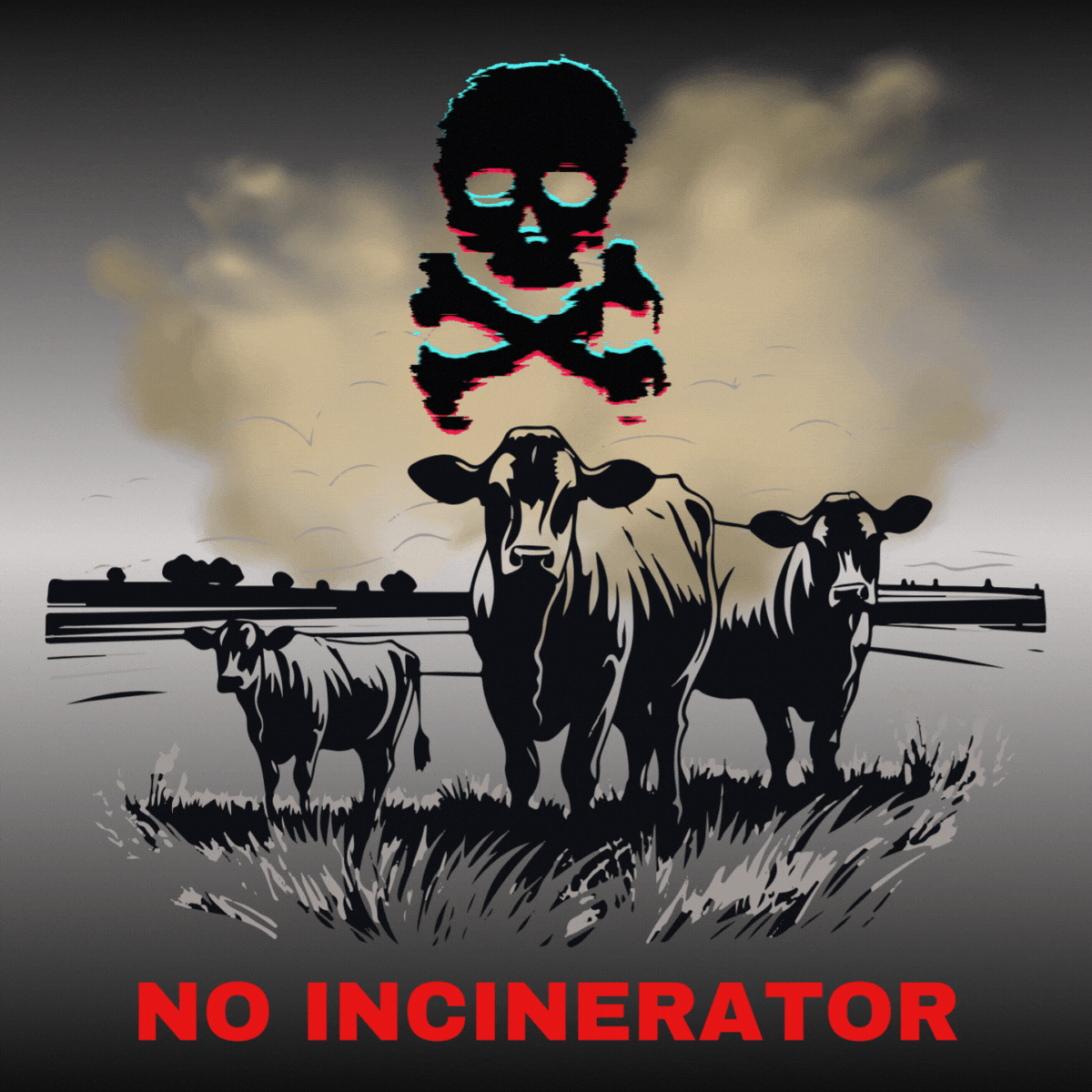Residents Against a Richmond Valley Incinerator
Protect our Health and the Environment
The conversion of waste to energy (WtE) is currently being promoted in Australia as a source of ‘green and renewable’ energy while reducing the amount of waste that ends up in landfill.
While it does appear attractive to be able to convert solid waste into energy, the reality is that much of the mooted WtE technology involves the incineration of waste, resulting in toxic air emissions and ash residues for a questionable amount of energy production.
WtE technologies can be divided into two categories:
Cool technologies: treat waste while extracting energy without destroying the resource or creating toxic emissions (includes composting and anaerobic digestion). This is not incineration.
Hot technologies: burn waste and destroy the resource permanently (also known as thermal technologies). This is incineration.
Hot technologies are variously termed gasification, pyrolysis, plasma arc and combustion. All of these technologies have been defined as waste incinerators by the USEPA and the European Union.1 The problems with WtE incineration, or the ‘hot technologies’ being portrayed as environmentally friendly and a source of ‘green renewable energy’ but fails to highlight the potential impacts on human health and environment of the use of such technologies.

Having a local incinerator power generation plant in a region can have negative impacts on the environment and public health. The incineration process releases harmful pollutants, including dioxins and heavy metals, into the air, which can cause respiratory problems, cancer, and other illnesses. These pollutants also have the potential to contaminate soil and water sources. Additionally, incineration contributes to the production of greenhouse gases, exacerbating the effects of climate change. Therefore, it is important to explore alternatives to incineration, such as renewable energy sources like wind and solar, which do not have the same negative impacts on the environment and public health. By investing in sustainable energy sources, we can reduce our reliance on harmful and outdated technologies and promote a healthier and more sustainable future.
Waste incineration is a method of waste disposal that involves burning solid waste materials at high temperatures. It raises concerns about its potential impacts on health and the environment. Here are some key points to consider:
Air Pollution:
Particulate Matter (PM): Incineration releases particulate matter into the air, including fine particles that can penetrate deep into the respiratory system, potentially causing respiratory problems.
Heavy Metals: Burning waste can release heavy metals like mercury, lead, and cadmium, which can have toxic effects on the human body.
Toxic Emissions:
Dioxins and Furans: Incineration can produce dioxins and furans, which are highly toxic and can accumulate in the food chain. Long-term exposure to these substances may lead to various health issues, including cancer and reproductive disorders.
Respiratory Issues:
Asthma and Respiratory Diseases: The release of pollutants from incineration can exacerbate respiratory conditions, such as asthma, and contribute to the development of respiratory diseases.
Potential for Hazardous Waste:
Incomplete Combustion: If incineration is not conducted properly, it may result in incomplete combustion, leading to the production of unburned or partially burned waste materials that can be hazardous to health.
Waste incineration should never be considered a viable waste management option. Efforts to reduce waste generation, promote recycling, and implement alternative recycling technologies are crucial for mitigating damaging environmental impacts.